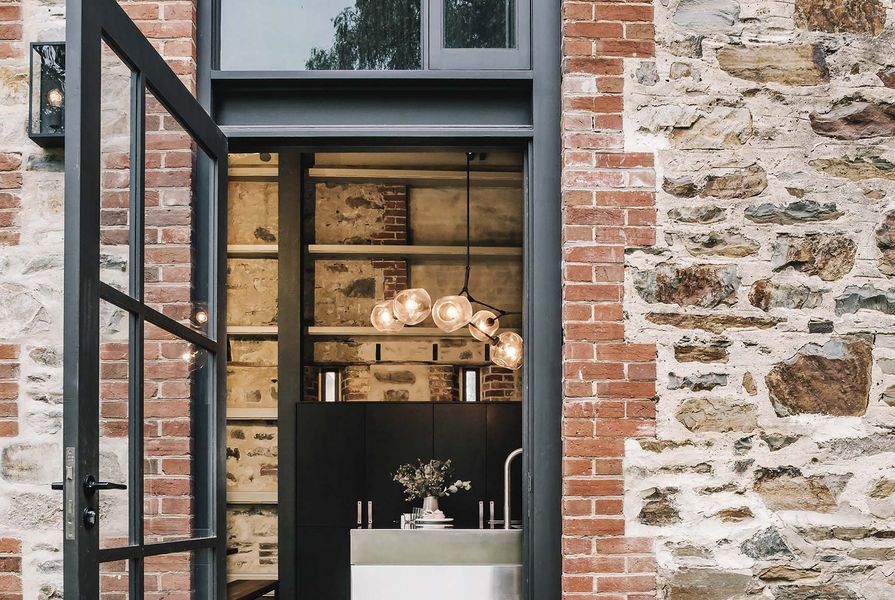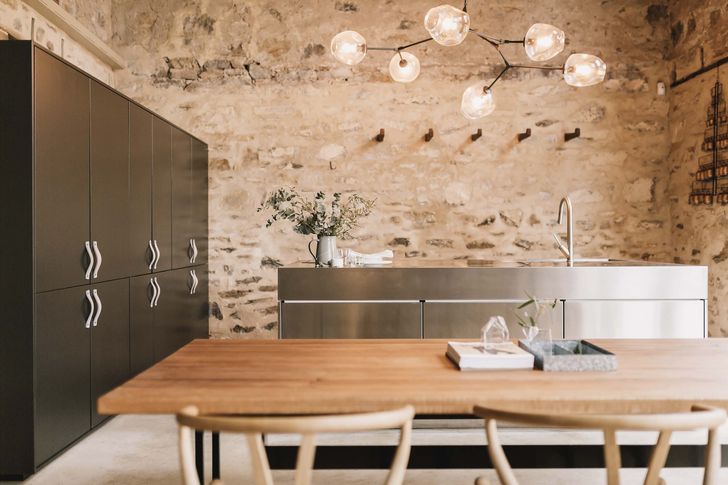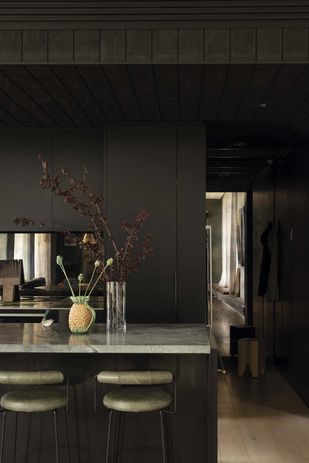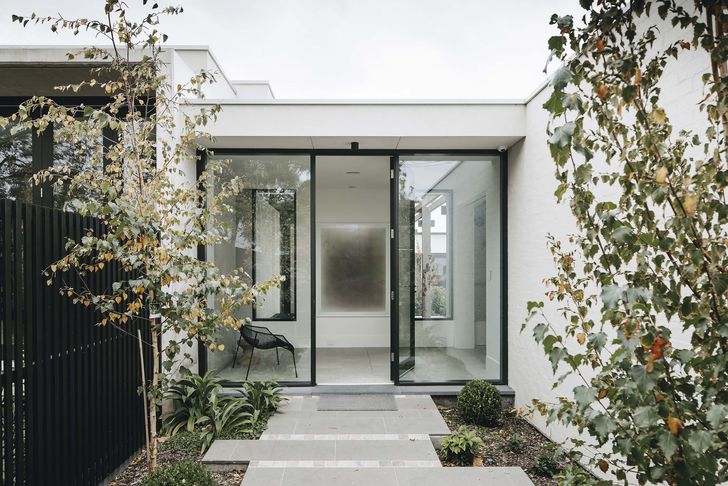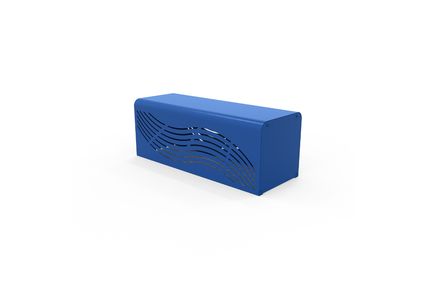If you’ve recently come across a beautifully renovated Adelaide residence, chances are it’s the work of Williams Burton Leopardi. After all, the South Australian architecture and interior design practice’s signature is instantly recognizable, possessing an unforgettable mix of modern classicism and a warm minimalist aesthetic. Words like gentle, understated and calm are frequently used to describe their residential projects, whether a small city apartment or large rural retreat. Yet regardless of scale, their approach is always underpinned by a philosophy that prioritizes people and values the importance of creating a lasting, positive impact in their clients’ lives.
“One of our mantras is to not start with a style, but to start with a feeling the client wants to create,” says architect and director David Burton. “There’s also a regional flavour to what we do. South Australia has its own little unique quirks and we really try to embrace an Adelaide sensibility, which is about not being particularly showy.” Now in its fortieth year, Williams Burton Leopardi has grown into a studio of 17 people currently based in the CBD, where every project is equally informed by architecture and interior design – a directional shift that started almost 20 years ago.
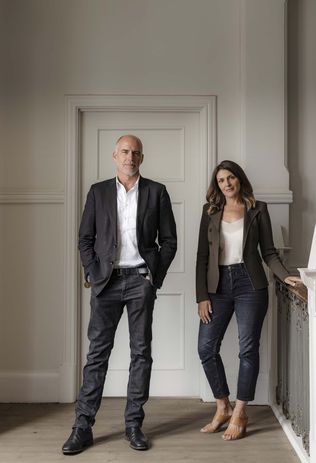
Practice directors David Burton and Sophia Leopardi.
Image: Caroline Cameron
The practice itself was established in 1983, when architect Rob Williams decided to go out on his own after working for a prominent Adelaide architect. Robert G. Williams Architect focused solely on architecture and when David joined the practice in the early 1990s after graduation, he was only there for a few months. At the time, residential projects in Adelaide consisted largely of small extensions on the back of villas, and there simply wasn’t enough work. David was able to return in 1997 and after he became a director in 2000 the practice was known as Williams Burton. Interior designer Sophia Leopardi joined in 2003 and became a director in 2013, with Rob retiring in 2015.
Williams Burton Leopardi’s current name came about after a few iterations and a rigorous rebrand that allowed them to think about how they go about their work. Significantly, it pays homage to the practice’s origins while symbolizing the new way forward. “We’ve picked up this interior design layer and embedded it into our process, so the end result is now truly holistic, from the front gate to the back fence and everything in between,” explains Sophia. “And our most successful projects are the ones where we’ve had the opportunity to get into the fine-grain detail as well as the big-picture planning, which is our point of difference within the market.”
For both directors and their team, the process begins with a design narrative and open, ongoing conversations with their clients. Each project has a story to tell and one of the more curious is that of North Adelaide Barn (2015). This heritage-listed building sits at the back of a grand property and was literally falling down when the clients approached Williams Burton Leopardi. “They didn’t know what to do with it and didn’t want to spend a lot of money to restore it as a stable,” says David. “So they decided to spend a little bit more and have it restored to something they could use. In every respect, it is essentially a folly, but it’s now become the space they use the most.”
Sleek new elements are offset against the rustic finish of the barn’s brick and stone.
Image: Christopher Morrison
The challenge was developing a program. Once it was decided that the building would be an entertaining space (there’s no bedroom), the idea was to tread lightly. Borrowing from the Japanese art of kintsugi, which holds that broken objects are to be embraced in order to create something even more beautiful, the interior’s walls were left exposed and other materials were recycled. Timber for the floors came from the loft and the slate was left over from the main house’s verandah. The effect is undeniably rustic, but with a polished, sophisticated zeal that’s positively inviting.
Mt Mac (2022) is another Williams Burton Leopardi project with a wonderful story to tell, this one revolving around its clients, Rob and Marnie. Rob has an interest in design and Marnie is an artist, so David and Sophia weren’t necessarily given free reign; everything was up for discussion and debate. This didn’t compromise the process, however, and the outcome is richer for the close collaboration. Mt Mac is also one of the practice’s more colourful projects and the deep palette works well to embed the house in its rural setting, as well as to provide a textured backdrop for Rob’s eclectic collection of objects and furnishings and Marnie’s bright artworks.
A dark material palette wraps the interior and creates a strong tonal contrast with the rural setting.
Image: Caroline Cameron
Drawing inspiration from clients’ existing possessions is not new to either David or Sophia and it certainly informed their design for the interior of Malvern Residence (2018). The clients had a beautiful display cabinet filled with various treasures and this became the focal point around which the rest of the scheme is configured. Sitting in the existing dining room, it takes pride of place, and the only shift the team made was to create two new openings on either side of it. These instantly draw you into the kitchen and vice versa, making sure the circulation is free and effortless.
In stark contrast, Walkerville Residence (2020) is a pure white scheme of clean lines and strong angles that highlights the addition’s modern form. It’s unashamedly contemporary in its generous volume and expanded living space yet remains empathetic to the existing villa. The beauty in this project is very much found in the detail and the way in which old and new are seamlessly integrated, especially the connection of the existing formal dining and sitting rooms with the new kitchen through a series of subtle openings. Flow is definitely a key consideration in the Williams Burton Leopardi process and this is also prioritized in the practice’s recently completed East End Residence (2022).
The addition enfolds a courtyard, establishing links between inside and out.
Image: Christopher Morrison
“This small CBD apartment is about exploring architecture as more than just form,” says Sophia. “It’s about how you experience a space and flow through it, as well as reshaping an interior to make everyone feel better. It really is an example of our integrated approach, where we’ve also leveraged that next layer of custom furnishings to bring it to life, creating something that really provides a slow reveal.” The result is an extremely hardworking space that doesn’t appear to try hard, despite the innovative storage solutions and clever planning that saw the kitchen island reconfigured, a small window removed and a run of joinery in the living areas eliminate unnecessary clutter. It’s soft and refined and, like all Williams Burton Leopardi projects, has brought its clients great joy. There’s a gentleness to all the practice does and this comes from the team’s desire for their work to nourish all who experience it – a desire in which they undoubtedly succeed.
Source
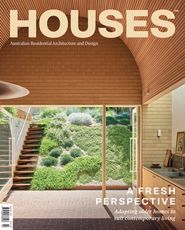
People
Published online: 5 Jun 2023
Words:
Leanne Amodeo
Images:
Caroline Cameron,
Christopher Morrison
Issue
Houses, June 2023

